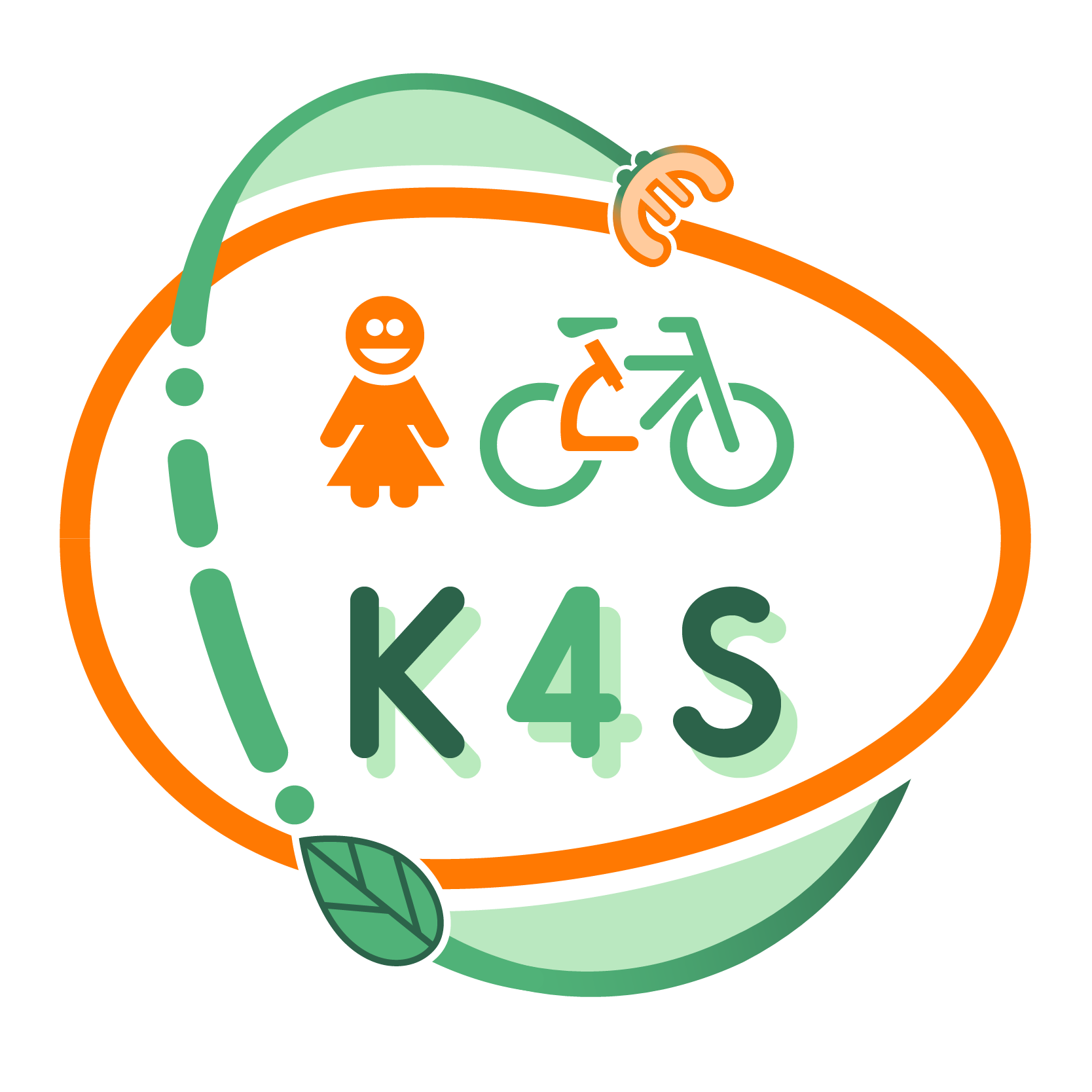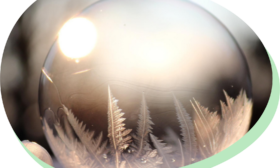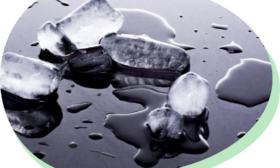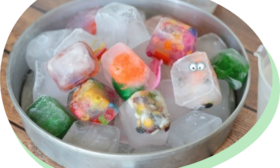LEARNING PATHWAY BASED ON SCIENTIFIC CONCEPTS
Ice – not such a terrible hero of the frosty lands
Overall aims:
- Enriching knowledge about the features of winter weather;
- Developing knowledge about the properties of ice and salt;
- Developing the skills of critical thinking, observation, posing hypotheses and making conclusions during the experiments and challenges;
- Strengthening fine motor skills;
- Raising awareness of human influence on climate changes.
Intended learning outcomes:
The child will be able to:
- Describe in their own words what the weather is like in winter;
- List the properties of ice and salt;
- Conduct simple experiments and challenges using ice and salt;
- Create art works;
- List the actions humans can take to prevent global warming.
Evaluation:
Initial – Activating prior knowledge during conversation: What is the weather like in winter? What’s the ice like? What do we know about ice?
Ongoing – observation during activities and workshops
Final – designing the picture story: What am I doing for the climate / environmental protection?
Pathway structure:
Stage I – ecological and socio-cultural pillars
Demonstrating the possibilities of using frost for outdoor play. Getting to know the characteristic features of winter weather in the past and now.
- How to take advantage of frost? – Winter research games
Stage II – environmental, socio-cultural and economic pillar
Conducting the experiments, challenges and artistic activities with the use of ice cubes. Investigating the properties of ice. Understanding the mutual relations between human activity and nature resources.
- Research games with ice cubes – Using ice for artistic activity
- Why is the ice melting? – Simple experiments with ice
Stage III – environmental and socio-cultural pillar
Raising awareness of human activities related to global warming and climate change. Drawing attention to the child’s own attitudes/ possible activities towards the environment – what can we as children do to protect the climate?
- Is it really getting hot? – Investigating global warming








